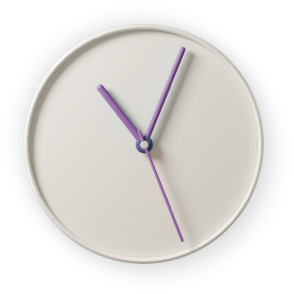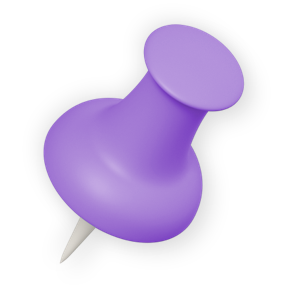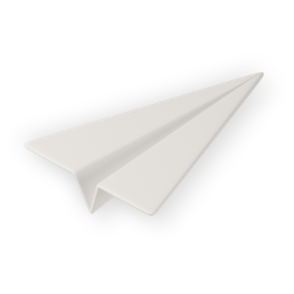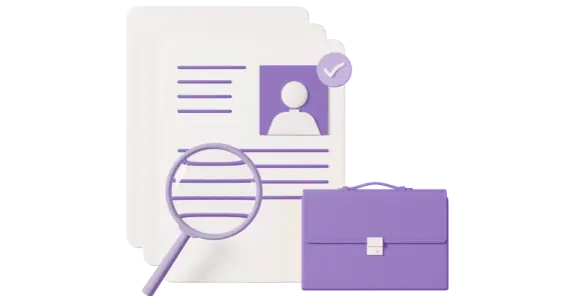Textile designer
Create designs and patterns for woven, knitted and printed fabrics used to make products such as clothes and furniture.
Also known as: fabric designer

About the job
Salary
Source: National Careers Service
Weekly
£346
Entry level
£769
Experienced
Monthly
£1,500
Entry level
£3,333
Experienced
Yearly
£18,000
Entry level
£40,000
Experienced
4,100
people are currently employed
High growth
200 more jobs in 5 years
These figures refer to this job and similar ones with comparable skills and qualifications. They only apply to Scotland. Source: Oxford Economics
What it's like
You would create designs and patterns for woven, knitted and printed fabrics used to make products such as clothes and furniture.
You would:
Make sketches by hand or on computer, using computer aided design (CAD) software
Adjust designs until they meet customers' requirements
Make up samples or have them made by technicians
Research design trends to decide what is likely to sell
Work closely with colleagues as part of a design team
Meet with clients and technical, marketing and buying staff
Keep up to date with developments in manufacturing technology
You could work for a manufacturing, retail or design company. You could also choose to freelance.
As a freelance designer you would normally split your time between designing and marketing your work. You may also need to supplement your income with other types of work, such as teaching.

Hours

Environment

Travel
Explore more information about this job
Here are some useful links to learn more about this career:
Like the sound of this career?
Browse courses in Scotland related to 'Textile designer'
Select qualification level(s)
Other careers that you might like
Costume designer Fashion designer Furniture designer Interior designer Jewellery designer Product designer Set designer
Related industries
Many jobs can be done in lots of different industries. We've highlighted the ones we think are most important for this job.
Digital technologies Creative
Top skills
Skills are things you're good at. Whether you know what yours are or not, everyone has them!
It's useful to learn which ones are important in a job so you know the areas you need to brush up on. It can also help you work out if you're suited to a career.
Here are some of the skills you'll need to do this job:
- taking initiative
- attention to detail
- researching
- evaluating
- designing
- creative
- working with technology
- verbal communication
- cooperating

Your skills are important
Our unique skillsets are what make us stand out from the crowd. Learn about each skill in depth and discover what employers look for in your applications and interviews.
Getting in
Explore the sections shown for more information about getting into this career.
You might have qualifications which are not shown here but will allow you access to a course. You can compare your qualifications by looking at their SCQF Level. For more information about this, check out the SCQF website.
Always contact the college, university or training provider to check exactly what you'll need.
Colleges and universities will list subjects you'll need for entry to a course. Some useful subjects include:
Art and Design
Fashion and Textile Technology
Practical Craft Skills
Skills for Work: Creative Industries
Skills for Work: Textiles Industry
Most textile designers have a degree (SCQF level 9/10) in textiles, fashion or art and design.
Some have a Higher National Certificate (SCQF level 7), Higher National Diploma (SCQF level 8) in this area.
You can enter a Higher National Certificate (SCQF level 7) or Higher National Diploma courses (SCQF level 8) with National 4/5 qualifications and one to two Highers or equivalent qualifications.
To enter a degree (SCFQ level 9/10) requires National 5 qualifications and a minimum of four Highers or a relevant HNC/HND.
Qualifications that show creative and practical craft skills and industry knowledge such as Skills for Work Creative Industries (SCFQ level 5)
Work-based qualifications such as a Scottish Vocational Qualification in Fashion & Textiles (SVQ levels 1 to 3) may also be of value.
It is possible to progress from a textile operative or textile design assistant role, usually after entering with a relevant National Certificate or Higher National Certificate.
A portfolio of your work when applying to courses and to jobs.
Explore over 22,000 courses in Scotland
Find the perfect course to boost your career.
